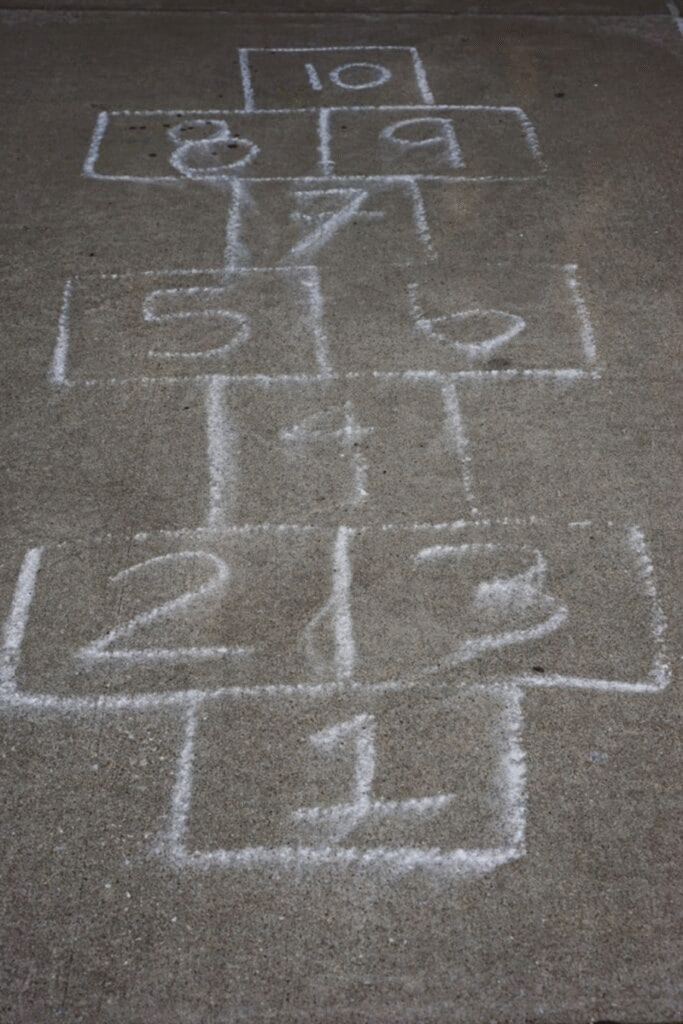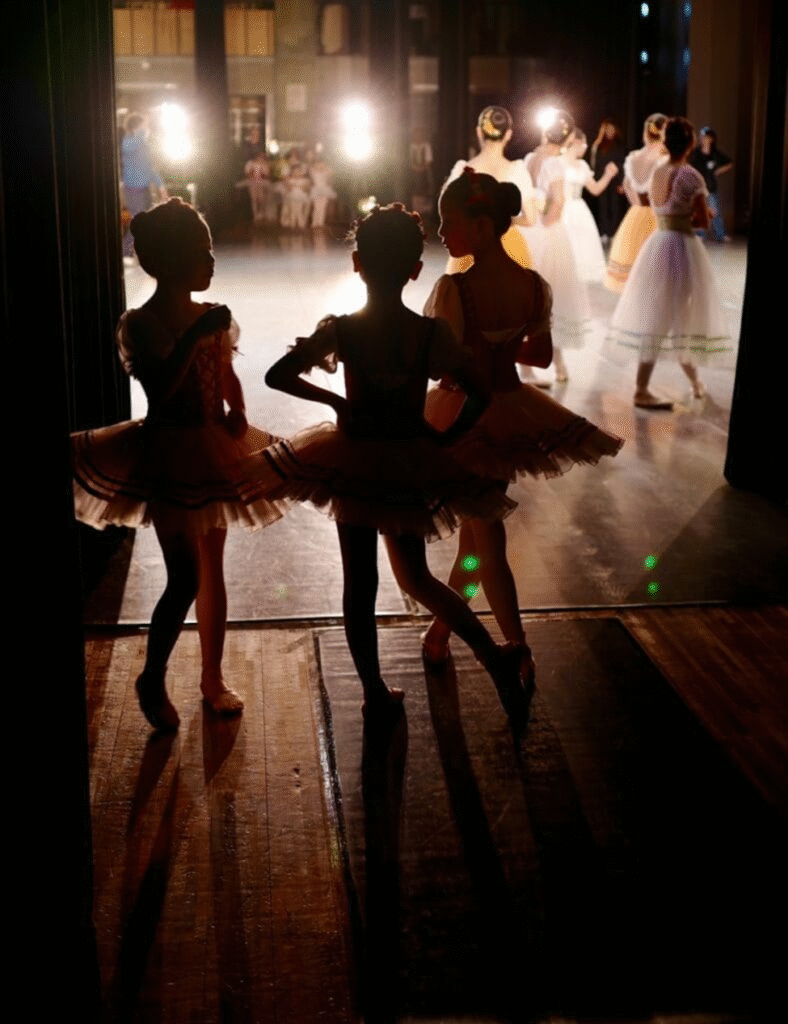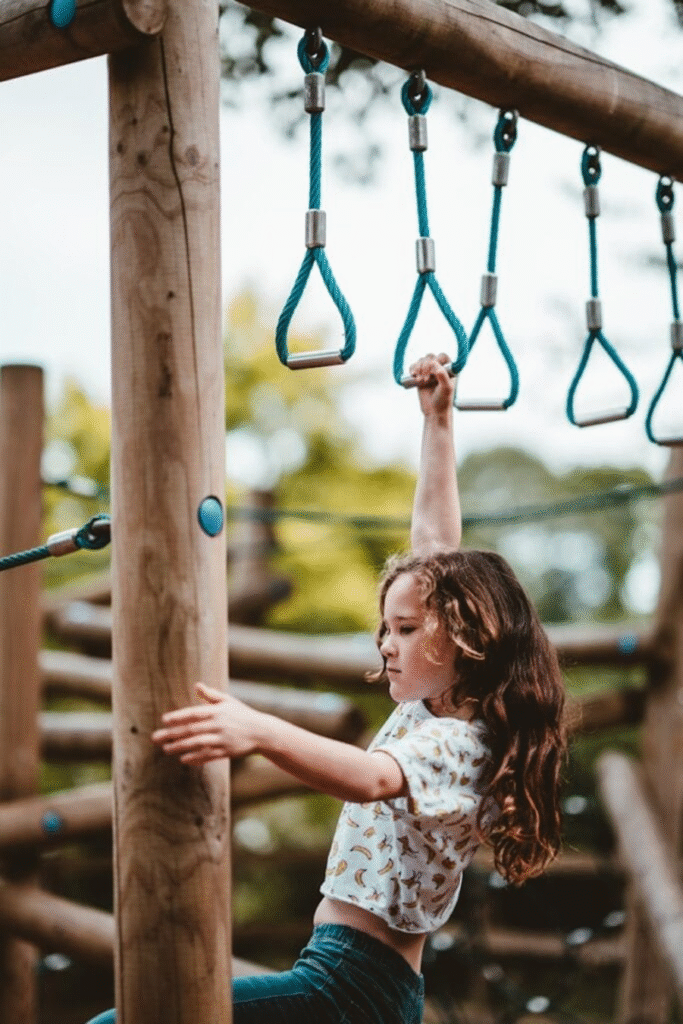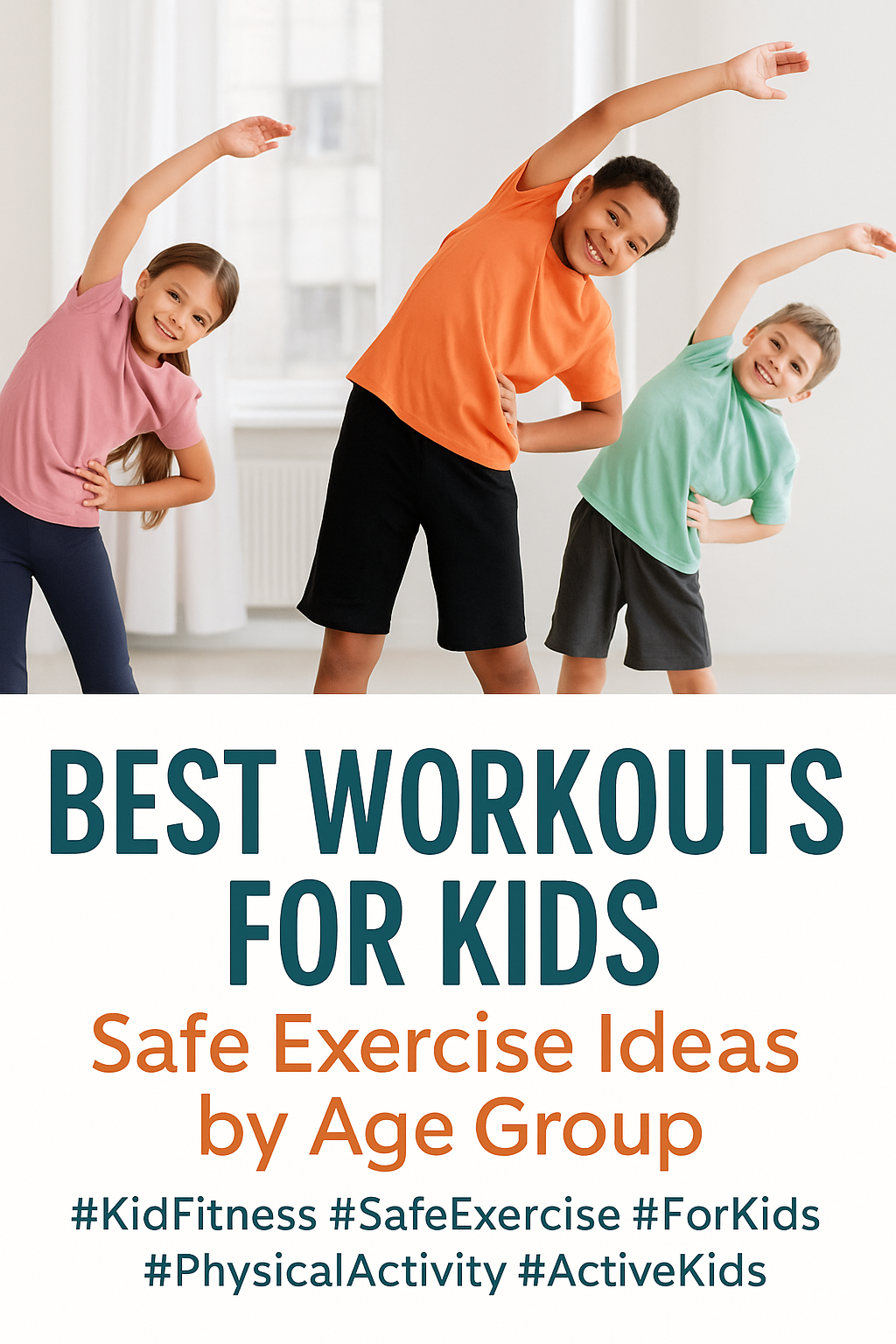Best Workouts for Kids: Safe Exercise Ideas by Age Group

Finding the best workouts for kids isn’t as simple as scaling down adult fitness routines. Every parent knows the struggle of trying to channel their child’s energy into something productive, but the real challenge is matching activities to developmental stages. What works for a bouncing toddler will be completely wrong for a self-conscious teenager.
I’ve spent years figuring out what actually keeps kids engaged and moving—not because I’m some fitness expert, but because I’ve got six kids ranging from toddlers to teens. The trial and error has been exhausting, but it’s taught me that the best workouts for kids are the ones that don’t feel like workouts at all.
The secret isn’t finding perfect exercises; it’s understanding what motivates children at different ages and making movement feel natural rather than forced. When you discover the best workouts for kids that match their developmental stage, magic happens.
Why the Best Workouts for Kids Matter More Than Ever
Before diving into specific best workouts for kids, let’s address why this matters so much. According to the Centers for Disease Control and Prevention, children and adolescents aged 6–17 years need 60 minutes or more of moderate-to-vigorous physical activity daily. The statistics are concerning: many kids aren’t even close to meeting these targets.
Regular physical activity in children and adolescents promotes health and fitness. Compared to their inactive peers, physically active youth have higher levels of fitness, lower body fat, and stronger bones and muscles.
The benefits of implementing the best workouts for kids extend far beyond physical health:
✅ Builds strong bones and muscles during critical growth periods
🧠 Improves cognitive function and academic performance
❤️ Enhances cardiovascular health and reduces future disease risk
😴 Promotes better sleep patterns and energy regulation
🌱 Establishes lifelong healthy habits that persist into adulthood
Physical activity also has brain health benefits for school-aged children. These benefits include improved cognition (academic performance, memory) and reduced symptoms of depression. This is exactly why finding the best workouts for kids becomes so crucial for overall development.
Understanding Age-Appropriate Exercise Development
Here’s what took me years to understand: children aren’t miniature adults. Their bodies are constantly changing, coordination is developing, and interests shift dramatically as they grow. The best workouts for kids must adapt to these developmental realities.
The biggest mistake parents make is applying adult fitness concepts to children. Structured routines, repetitive exercises, and performance metrics often backfire with younger kids. They need movement that feels like play, not punishment. That’s why the best workouts for kids prioritize fun over performance.
When selecting the best workouts for kids, consider their attention span, physical capabilities, and social needs. These factors change dramatically as children develop, which is why age-appropriate exercise selection becomes so important.
Best Workouts for Kids: Ages 3-5 (Toddlers and Preschoolers)

💡 Primary Goal: Develop basic motor skills through unstructured play
Preschool-aged children (3 through 5) should be physically active throughout the day to enhance growth and development. Adult caregivers of preschool-aged children should encourage active play that includes a variety of activity types.
The best workouts for kids this age don’t resemble traditional exercise at all. Think short bursts of movement mixed with exploration and discovery.
Top Activities for Preschoolers:
- Animal movements like bear crawls, frog jumps, and elephant walks
- Dance parties with favorite music (even 5-10 minutes counts!)
- Simple obstacle courses using pillows, tunnels, and safe household items
- Ball activities focusing on rolling, tossing, and catching
- Nature exploration walks where they discover different textures
- Basic yoga poses like downward dog and butterfly stretches
- Playground activities emphasizing climbing, swinging, and sliding
Keep sessions brief—10 to 15 minutes maximum. Toddlers naturally move in bursts, so don’t fight their rhythm. The goal is making movement enjoyable and varied. Remember, the best workouts for kids this age happen naturally through play.
Best Workouts for Kids: Ages 6-10 (Elementary School)

🎯 Primary Goal: Build coordination, endurance, and introduce light structure
Elementary-aged children can handle slightly more organized activities while maintaining the fun factor. This age group loves games, challenges, and activities they can share with friends or family. The best workouts for kids at this stage blend structure with enjoyment.
Effective Elementary Workouts:
- Jump rope routines for coordination and cardiovascular fitness
- Relay race circuits with varied movement challenges
- Swimming sessions providing full-body, low-impact exercise
- Martial arts or gymnastics building discipline and flexibility
- Basic sports skill practice like dribbling, catching, or kicking
- Family fishing adventures for nature connection
- Active video games requiring physical movement
- Bike riding expeditions around safe neighborhoods or parks
Kids this age respond well to friendly challenges and goal-setting. Create backyard obstacle courses, time different activities, or establish family fitness challenges. The best workouts for kids at this stage blend skill-building with genuine enjoyment.
This is also when you can start incorporating more structured activities. The best workouts for kids aged 6-10 should feel challenging without being overwhelming.
Best Workouts for Kids: Ages 11-13 (Tweens and Pre-Teens)

🚀 Primary Goal: Develop strength, endurance, and positive fitness attitudes
This age group is crucial because children are forming long-term attitudes about exercise. They’re experiencing rapid physical changes and increased social awareness. The best workouts for kids this age must feel relevant and engaging, not childish.
Effective Tween Workout Options:
- Bodyweight circuit training (push-ups, squats, lunges, planks)
- Group sports participation like basketball, soccer, or volleyball
- Dance classes matching their interests (hip-hop, contemporary, jazz)
- Rock climbing or bouldering for strength and problem-solving
- Running or walking clubs combining fitness with social connection
- Resistance band exercises as safe strength training introduction
- Yoga or Pilates classes for flexibility and stress management
- Skateboarding or rollerblading for balance and coordination
Social connection becomes incredibly important at this stage. Encourage group activities, team sports, or workout sessions with friends. This is when you can introduce concepts like goal-setting and progress tracking. The best workouts for kids this age incorporate social elements that make exercise feel natural.
Consider building healthy family routines that include these activities. The best workouts for kids often work better when the whole family participates.
Best Workouts for Kids: Ages 14-18 (Teenagers)

💪 Primary Goal: Build serious strength, establish routines, and promote fitness independence
Teenagers can handle more structured, intensive workouts. The best workouts for kids this age start resembling adult fitness programs—but with crucial safety considerations.
Recommended Teen Workout Programs:
- Structured strength training with proper form emphasis and progression
- High-intensity interval training (HIIT) for time-efficient fitness
- Yoga or Pilates programs for flexibility and mental health
- Competitive sports or intramural league participation
- Running or cycling programs for cardiovascular endurance
- Advanced calisthenics like pull-ups, dips, and complex bodyweight movements
- Functional fitness training mimicking real-world movements
- Group fitness classes providing social motivation and variety
However, safety remains paramount. The American Academy of Pediatrics recommends that children and adolescents avoid competitive Olympic-style weight lifting and power lifting until they reach physical and skeletal maturity.
The best workouts for kids at this age should focus on proper technique, gradual progression, and injury prevention. Consider exploring weight training fundamentals to understand safe practices.
Teen Strength Training Safety Guidelines
While the best workouts for kids include strength training for teens, proper guidelines are essential. Health care and fitness professional groups—including the American Academy of Pediatrics, the American College of Sports Medicine, the American Orthopaedic Society for Sports Medicine, and the National Strength and Conditioning Association—agree that a supervised strength training program that follows the recommended guidelines and precautions is safe and effective for children.
🚨 Critical Safety Requirements:
- Prioritize proper form over heavy weights always
- Ensure qualified supervision especially during initial training
- Focus on bodyweight exercises before adding external resistance
- Avoid competitive powerlifting until full skeletal maturity
- Include adequate recovery time between training sessions
- Stop immediately if experiencing any pain or discomfort
- Progress gradually with resistance and complexity increases
The research clearly supports properly supervised strength training benefits for teens, but “properly supervised” is the critical qualifier. The best workouts for kids this age require adult guidance and proper progression.
For families interested in home fitness, consider creating a budget-friendly home gym that accommodates safe teen training.
Making the Best Workouts for Kids a Family Priority
The most effective approach involves making physical activity a family value, not just a child’s individual responsibility. When children observe parents prioritizing movement, staying active becomes normal rather than forced.
📌 Proven Family Strategies:
- Model active behavior through your own exercise habits
- Create family challenges with participation-based rewards
- Establish screen time limits encouraging movement before entertainment
- Explore diverse activities to discover each child’s preferences
- Incorporate social elements involving friends or group activities
- Emphasize enjoyment over performance or competitive outcomes
- Adapt activities seasonally keeping variety and interest high
Remember, the goal isn’t creating elite athletes—it’s raising children who view physical activity as a normal, enjoyable life component. The best workouts for kids are the ones that become lifelong habits.
Consider implementing family fitness tips that make exercise a natural part of your routine. The best workouts for kids often work better when parents participate actively.
Common Mistakes When Choosing Best Workouts for Kids

Through years of observation, here are the biggest errors I see families make:
Treating same-age children identically. Every child develops differently. Some eight-year-olds thrive in organized sports; others need more basic skill development time. The best workouts for kids must be individualized.
Using exercise as punishment. The best workouts for kids should never be presented as discipline or something they “have to” endure.
Overemphasizing competition too early. While some children thrive on competition, others find it completely discouraging.
Ignoring established safety guidelines. This becomes especially critical with teens eager to push physical limits.
Abandoning efforts too quickly. Finding activities that resonate with each child often requires patience and experimentation.
Focusing solely on structured activities. Free play and unstructured movement remain crucial at every age.
The best workouts for kids require patience, flexibility, and understanding that not every child will respond to the same activities.
Creating Long-Term Success with Best Workouts for Kids
The best workouts for kids are ultimately the ones they’ll consistently choose to do. This means finding the optimal balance between appropriate challenge and genuine enjoyment. Some children gravitate toward team sports; others prefer individual pursuits. Some love high-intensity challenges; others prefer steady, moderate movement.
Your parental role isn’t transforming your child into a fitness enthusiast—it’s helping them discover that being active can be genuinely rewarding and fun. When you achieve this balance, you’re establishing foundations for lifelong healthy habits.
The best workouts for kids create positive associations with movement that last into adulthood. Focus on building confidence, competence, and enjoyment rather than performance metrics.
Age-Specific Implementation Tips for Best Workouts for Kids
For Younger Children (3-10): Keep the best workouts for kids feeling like games. Use imagination, storytelling, and variety. Short attention spans require frequent activity changes and built-in rest periods.
For Pre-Teens (11-13): The best workouts for kids this age incorporate social elements and skill development. Allow them input in activity selection and acknowledge their growing independence.
For Teenagers (14-18): The best workouts for kids transitioning to adulthood should include goal-setting, progress tracking, and increasing responsibility for their own fitness choices.
Remember that the best workouts for kids adapt as they grow and develop. What works at age 6 won’t work at age 16.
Building Sustainable Exercise Habits Through Best Workouts for Kids
The investment you make in discovering the best workouts for kids pays dividends in their confidence, health, and overall well-being for decades. Start where each child is developmentally, maintain focus on enjoyment, and adapt as they grow and change.
Success comes from understanding that the best workouts for kids aren’t about creating perfect exercise routines—they’re about fostering positive relationships with movement that will serve them throughout their lives.
Consider exploring family morning routines that incorporate physical activity. The best workouts for kids often happen when they become part of daily life rather than separate activities.
The best workouts for kids are the ones that make them excited to move, eager to try new challenges, and confident in their physical abilities. When you get this right, you’re giving them a gift that lasts a lifetime.
Remember, the best workouts for kids create memories, build relationships, and establish healthy patterns that extend far beyond childhood. Focus on progress, not perfection, and celebrate every step forward in their fitness journey.
Explore More from Our Family of Blogs
Mountains Will Move
Faith-based encouragement for everyday families.
Everyday Exposed
No-filter truth hub for critical thinking and clarity.
Thank you for being part of the community. God Bless you and your family.
